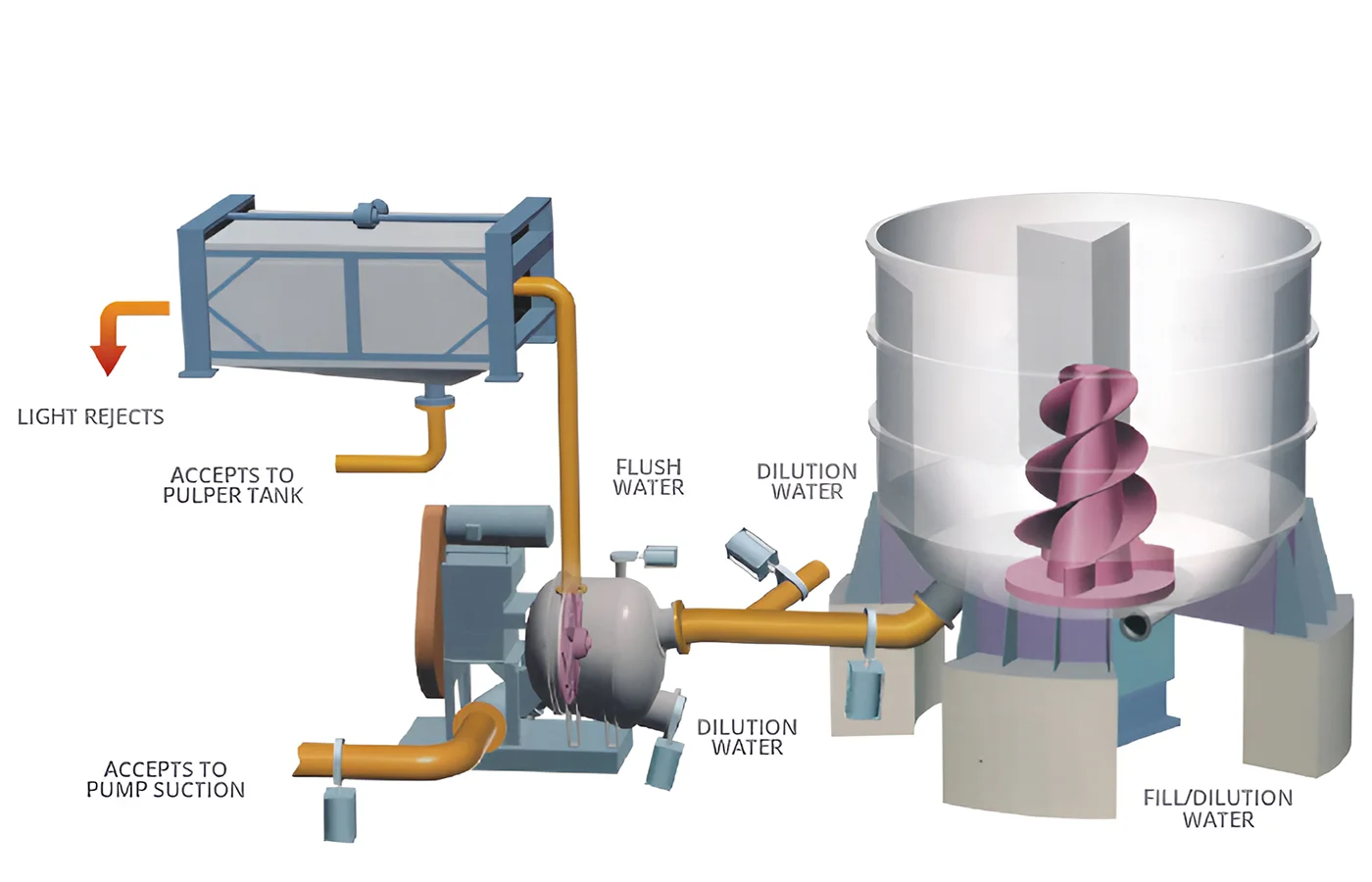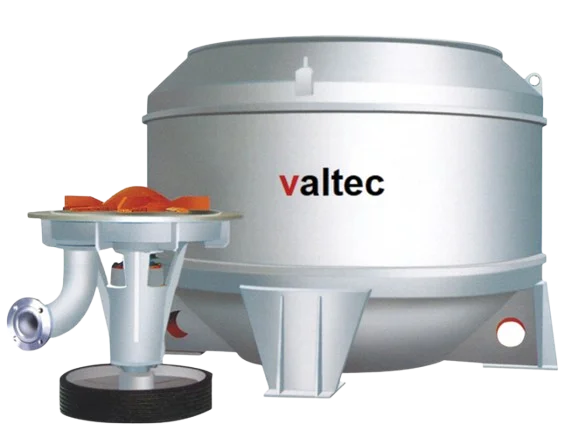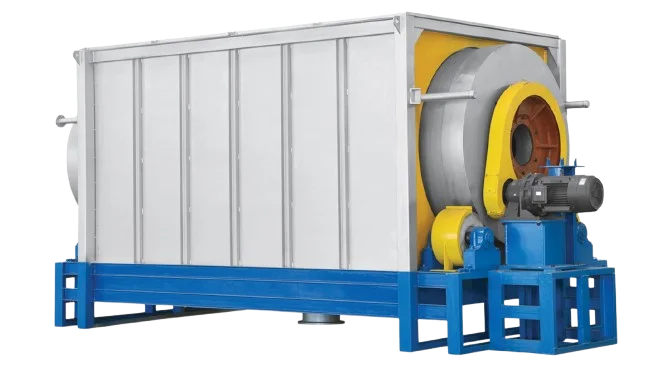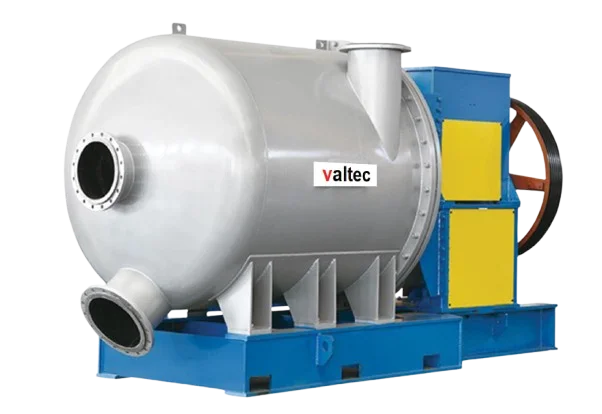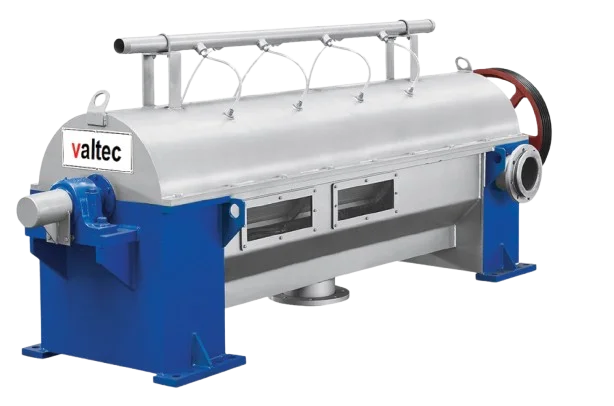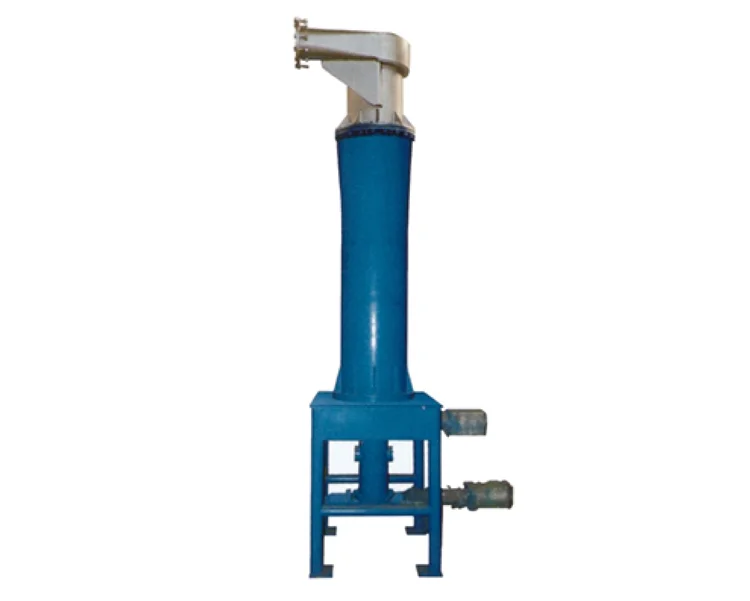Paper Machines
With a variety of paper machines, Valtec aids clients in streamlining their production operations.
STOCK PREPARATION MACHINES
The continuous pulping process is a method of producing pulp for papermaking that involves a continuous flow of raw materials through a series of processing steps. This process is in contrast to the traditional batch pulping process, where raw materials are processed in discrete batches.
THE CONTINUOUS PULPING PROCESS HAS SEVERAL ADVANTAGES OVER THE TRADITIONAL BATCH PULPING PROCESS, INCLUDING:
- Increased efficiency: The continuous process allows for a higher production rate and reduced downtime.
- Improved consistency: The continuous process produces a more consistent pulp quality.
- Reduced energy consumption: The continuous process uses less energy than the batch process.
- Reduced chemical usage: The continuous process uses fewer chemicals than the batch process.
- Improved safety: The continuous process is safer as it eliminates the need for manual handling of hot and hazardous materials.
D-TYPE PULPER
D-PULPER LOW ENERGY WITH HIGH EFFICIENCY
D-type pulpers have a high pulping efficiency, which means they can process a large amount of pulp in a short amount of time. They consume less energy compared to other types of pulpers, making them a cost-effective option. They have a gentle pulping action, which helps to preserve the fiber length and strength, resulting in a higher quality paper. D-type pulpers can handle a wide range of pulp consistencies, making them versatile and adaptable to different paper-making.
- Specification: 15m3 ~ 120m%
- Processing capacity: 80 ~ 1200TDP
RAGGER & GRAPPLE
RAGGER
Ragger is used to remove light impurities in Pulper, such as iron wire, plastic, cotton yarn etc, are constantly wound and twisted into a strand rope, which is pulled out of the pulper and eliminated under the control of the rope twisting
GRAPPLE
The grapple works by using its claws or fingers to grab and pull out the impurities from the pulp. The grapple may be used in conjunction with other cleaning devices, such as screens and filters, to remove smaller impurities
- Specification: 0.05 m3 ~ 120m3
A Drum Screen is a type of screening device used to remove impurities and contaminants from the pulp. It is a rotating drum with a perforated or slotted surface, typically made of metal that allows the pulp to pass through while keeping larger impurities and contaminants inside the drum. It helps to reduce downtime by removing impurities and contaminants that can cause paper machine breakdowns.
COARSE SCREENING SYSTEM
The coarse screening system is the most important impurity in the whole pulping system. The final pulp clean degree, and fiber loss rate, will be affected by the advantages and disadvantages of the coarse screening system to the greatest extent. When the volume of light impurities is relatively large, it is easier to discharge out of the system, reduce the loss of fiber and reduce the impurity fragmentation, which is of great help to the subsequent processes. Coarse screening is usually done early in the pulping process, often immediately after the Pulper to remove large impurities that could cause problems in subsequent processing stages or damage equipment.
Float Purger is a device used to remove impurities and contaminants that float on the surface of the pulp. It is a type of cleaning device that usesa combination of gravity and centrifugal force to separate and remove impurities such as Plastic, Wax, Resin,Oil and other hydrophobic (water-repelling)substances
REJECT SORTER & THICKNER
A thickener is a device used to increase the consistency and viscosity of the pulp before it is formed into paper. The pulp enters the thickener and is retained for a period, allowing excess water to drain through the screens or plates. The pulp consistency increases as the water content decreases.
FLOAT PURGER
Float Purger is a device used to remove impurities and contaminants that float on the surface of the pulp. It is a type of cleaning device that uses a combination of gravity and centrifugal force to separate and remove impurities such as Plastic, Wax, Resin, Oil and other hydrophobic (water-repelling) substances
HIGH DENSITY CLEANER
High Density Cleaner (HOC) is a type of cleaning device used to remove impurities & contaminants from the pulp.It works on the principle of centrifugal separation, where the pulp is fed into a cylindrical vessel and subjected to a high-speed rotation, creatinga centrifugal force that separates the impurities from the pulp. The impurities are then removed from the pulp through a series of nozzles or outlets. The HOC is typically used to remove impurities such as Dirt, Sand, Metal, Plastic and Other high-density contaminants.
DOUBLE DISK REFINER
A double disk refiner helps to refine and develop the pulp’s properties, such as fiber length, strength, and flexibility. It consists of rotating disks with serrated surfaces that crush and fiberize the pulp, producing a more uniform and refined consistency. The pulp enters the refiner and is subjected to intense mechanical energy as it passes between the rotating disks. This process refines the fibers, develops burst strength paper and enhances pulp uniformity.
DISC HEAT DISPERSION SYSTEM
The system is suitable for all kinds of pulp treatment with waste paper as the basic raw material. It can effectively disperse the impurities such as adhesive, grease, paraffin, plastic and ink particles in waste paper pulp, so as to improve the quality of paper and improve the performance of Disc heat dispersing system mainly includes: shredding machine, heater, feeding screw conveyor and disc heat dispersing machine.
The concentration of the slurry is increased to about 30% by the concentrator, which is sent to the heat dispersion system. The plug screw conveyor is used to prevent steam overflow, the slurry is scattered by the shredding machine, and the slurry is heated by the heater, and then dispersed by the disc heat dispersion.

